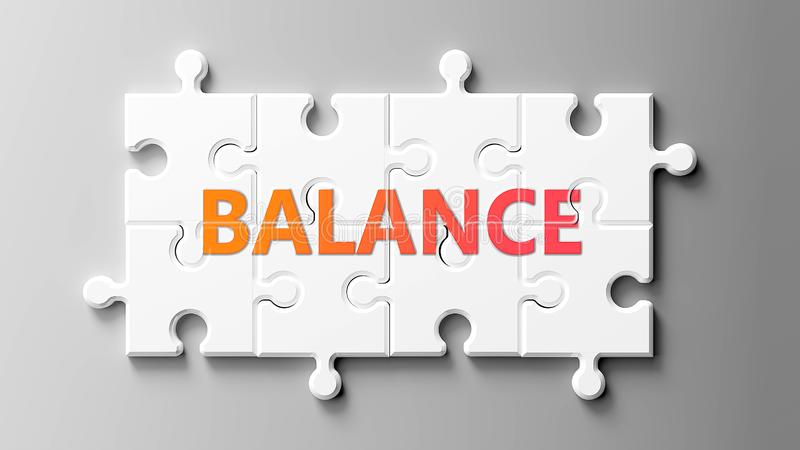
After stroke, you will probably experience problems with trying to recover your balance (your ability to control your body without movement against gravity) and stability (your ability to control your body during movement).
Your stroke will have weakened the messages your ears, eyes and muscles send to your brain. These messages are essential to initiating and maintaining balance, and they work together automatically and subconsciously so you’re usually unaware of them unless something goes wrong.
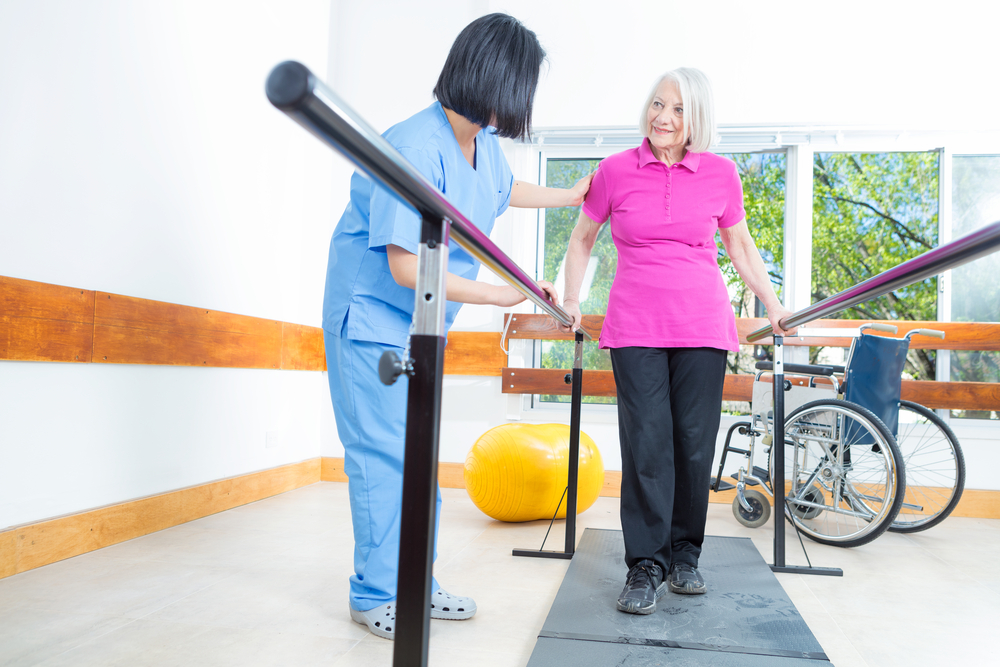
As your brain begins to repair itself, and therapists help you, you will hopefully see larger-scale improvements. However, long-lasting balance problems may occur after discharge, especially if the stroke has affected your vision or hearing.
After discharge, with a therapist or trainer guiding and guarding you to extend your capabilities, rehabilitation can take many forms and should be supervised by a therapist or a specialist trainer who will provide individually-tailored activities to progressively stimulate your recovery.
You may find that this includes challenging types of weight bearing and weight-shifting. You may be starting by holding onto a fixed bar such a rail or banister (making sure to involve your more-affected upper limb in the way that your therapist or trainer will show you).
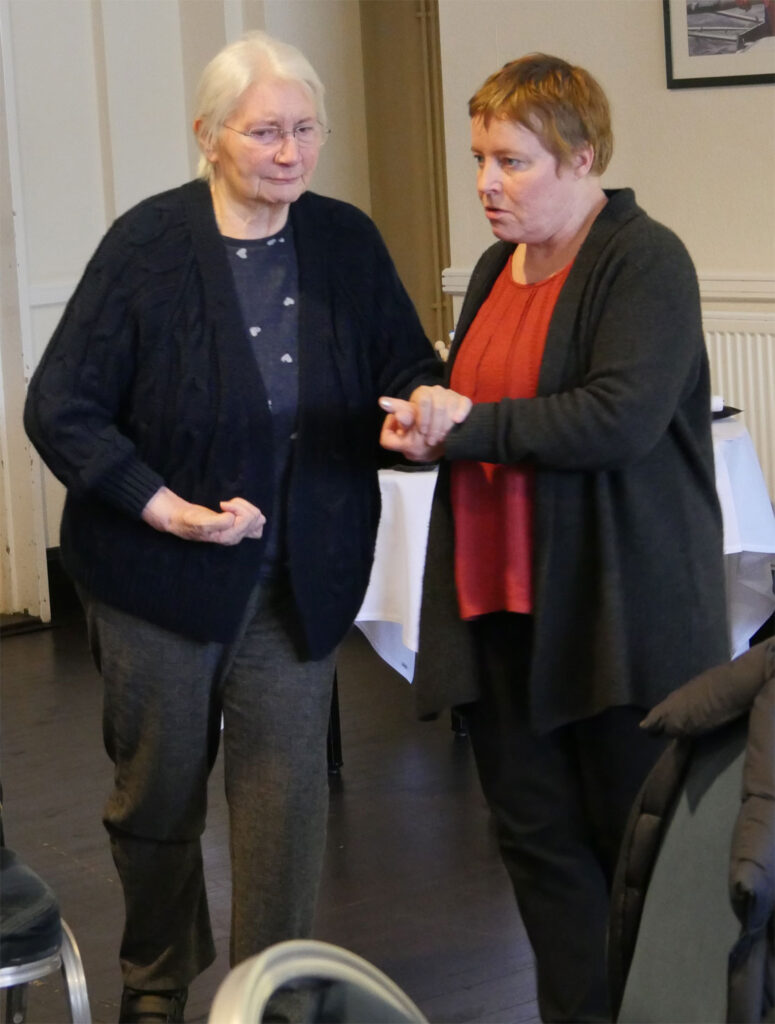 Balance perturbation and lower body strength training (again with a therapist or trainer guiding and guarding you to extend your capabilities) are identified as successful further training regimens.
Balance perturbation and lower body strength training (again with a therapist or trainer guiding and guarding you to extend your capabilities) are identified as successful further training regimens.
Multiple guided and guarded requirements for you to cope with gentle pushes, attempts to reach for objects away from your trunk can complement your balance control attempts.
It’s completely normal to feel worried or scared about carrying out any balance exercise. They are challenging and all retraining away from a seated position carries a risk of falling.
But it’s vital to continually extend your boundaries whilst minimising the risk to your safety. And it’s equally vital that you ask your therapist or specialist trainer how to do this.

When you start to take steps and are into the primary zone of controlling your gait again, there are so many ways you may find that a simple walking stick can improve your stability and confidence.
My caution would be to try not to rely fully a stick held in your less-affected hand so that it becomes habitual to weight-bear substantially though that side, thereby ‘negating the potential’ somewhat of your more-affected side. This can happen as a matter of course and can put back your recovery without you realising it.
TIP TO CONSIDER: try to reduce the use of a stick as much as possible when starting to move around the house again, in preparation for going outside with it. Then graduate towards leaving it at home or using it only when you’re out for longer stretches of time. Available for purchase is a handy stick which folds into three for this purpose. This can be carried and used if you’re tired.
To rehabilitate balance, a very simple rule seems to emerging from the sum of the latest evidence, which supersedes some of the historical accepted therapeutic advice for community rehab efforts: the more you attempt to move, the better your movement will get, not worse.
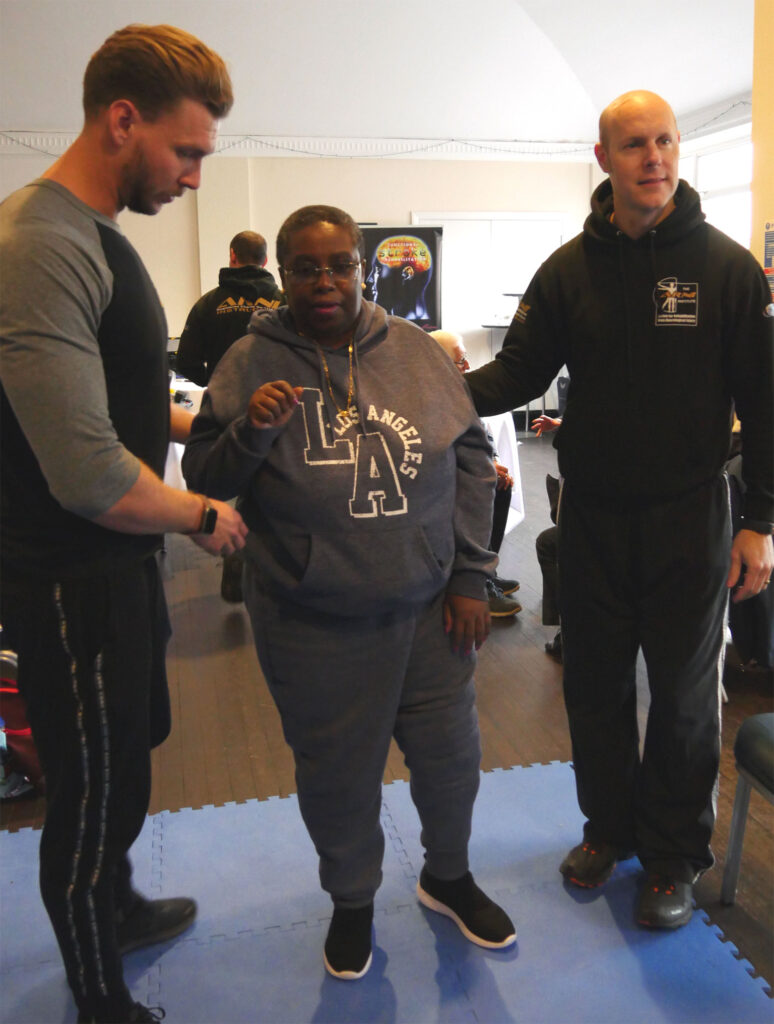
ANOTHER POINT TO CONSIDER: there are strong indications in the research that recovery of functional control after stroke occurs through strategic behavioural compensations plus what can be termed as ‘true recovery’ efforts rather than via processes of ‘true recovery’ efforts alone. Hence, an accumulation of some coping strategies that are most essential for your needs is a very good idea and can open a doorway to further levels of functional ability.
Passive or ‘correctional’ movement as a treatment option for most community survivors is being shown to be rather inferior to the stroke survivor being guided to make repeated, active attempts to complete tasks for themselves, ramping up the repetitions of tasks as much as is possible/is appropriate and as much as concomitant problems such as fatigue allow for.
So, some physical coping strategies (such as a quick technique for getting to your feet from seated without help or a lying position on the floor without help) are much better to have learned quickly via training to enable you to progress, rather than to be stuck without applicable techniques to perform them easily.
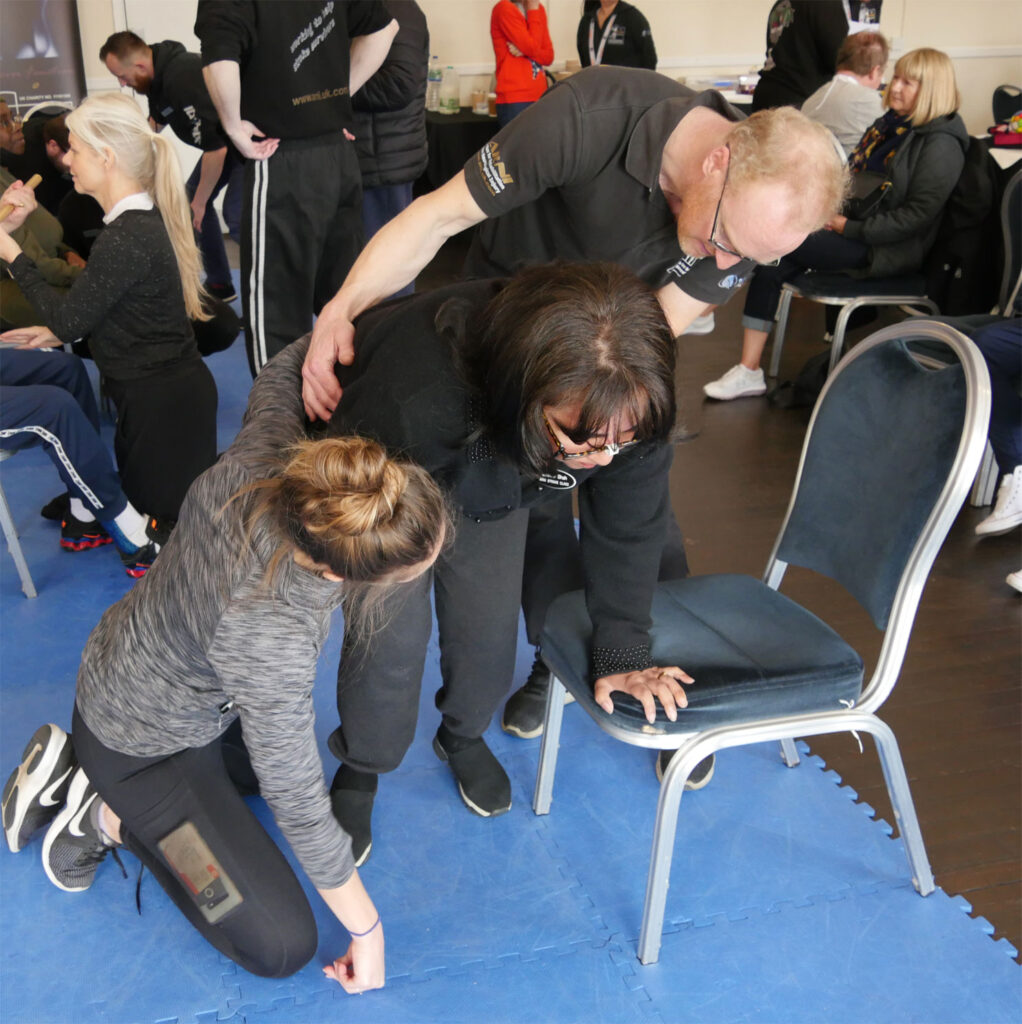 Other examples you can explore in Had a Stroke? Now What? can last you a lifetime. By retraining each one and making it part of your ‘repertoire’, you may also start noticing that they help you manage your (current) limitations and help you perform task specifics.
Other examples you can explore in Had a Stroke? Now What? can last you a lifetime. By retraining each one and making it part of your ‘repertoire’, you may also start noticing that they help you manage your (current) limitations and help you perform task specifics.
And some coping strategies are absolutely fit for purpose therefore and can be retained as useful, but many can be minimised and ideally negated as you gain more control and strength. They can be regarded as ‘facilitators’ which can help you to self-manage.
You’ll most probably ‘souvenirs’ from your stroke, but nevertheless, you need to get yourself into the ‘success zone’ fast in order to try to counteract their effects.
For optimal recovery, you need helpful interim strategies which can minimise the chances of any damage (from balance loss, for instance) that can occur whilst pushing yourself forward to deal with situations you’ll find yourself in during daily life.
You can also find lots of these in the ARNI 7 stroke rehab training video set, available in DVD or online anytime viewing.


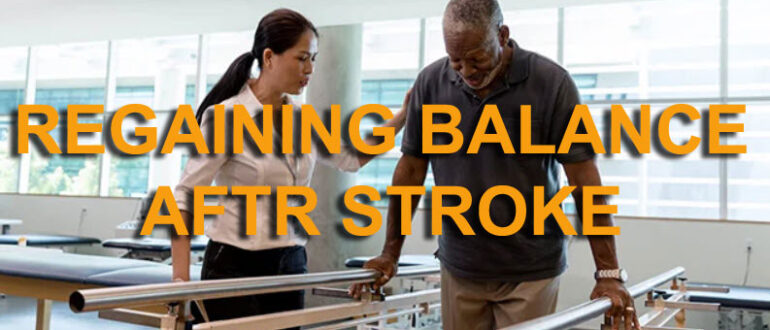

2 Comments
Is there any information about the folding stick mentioned in this email “Available for purchase is a handy stick which folds into three”?
Hi Gareth – yes of course: try the HurryCane Walking Stick :
https://www.medicalsupplies.co.uk/hurrycane-walking-stick-blue.html?gclid=Cj0KCQiA4uCcBhDdARIsAH5jyUnZg-YjQE2hK5R06ixiq40IA2OpkgfsshYS87lzscCD6M1VMjL2O8gaAlZdEALw_wcB
All the best, Tom